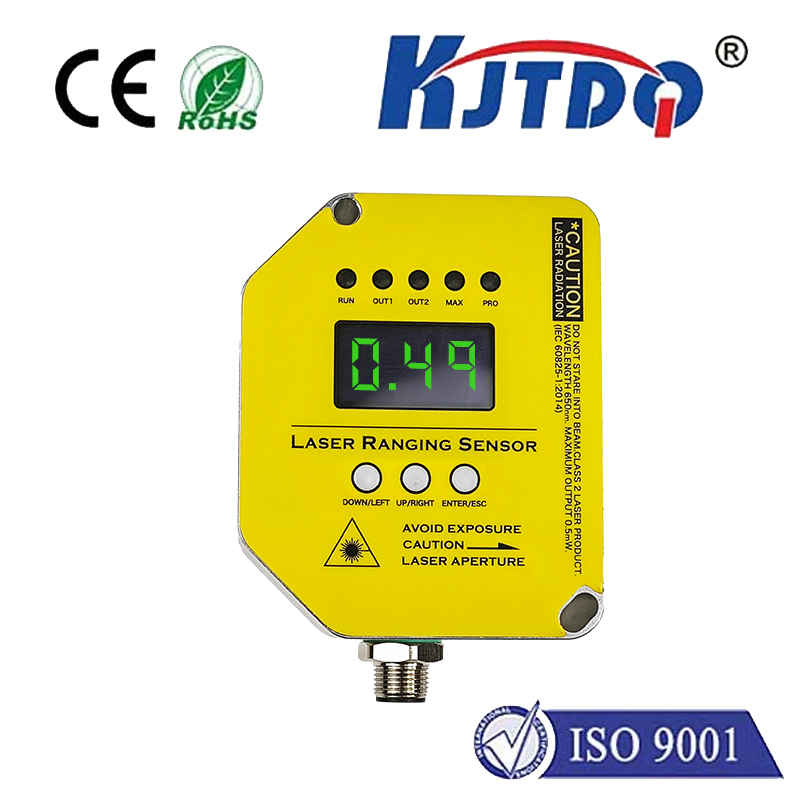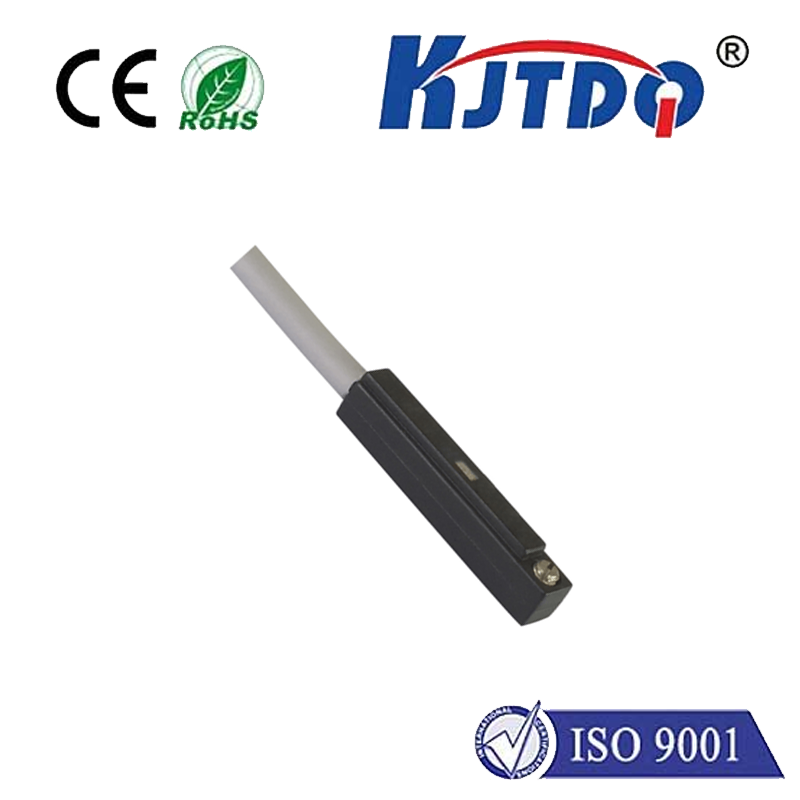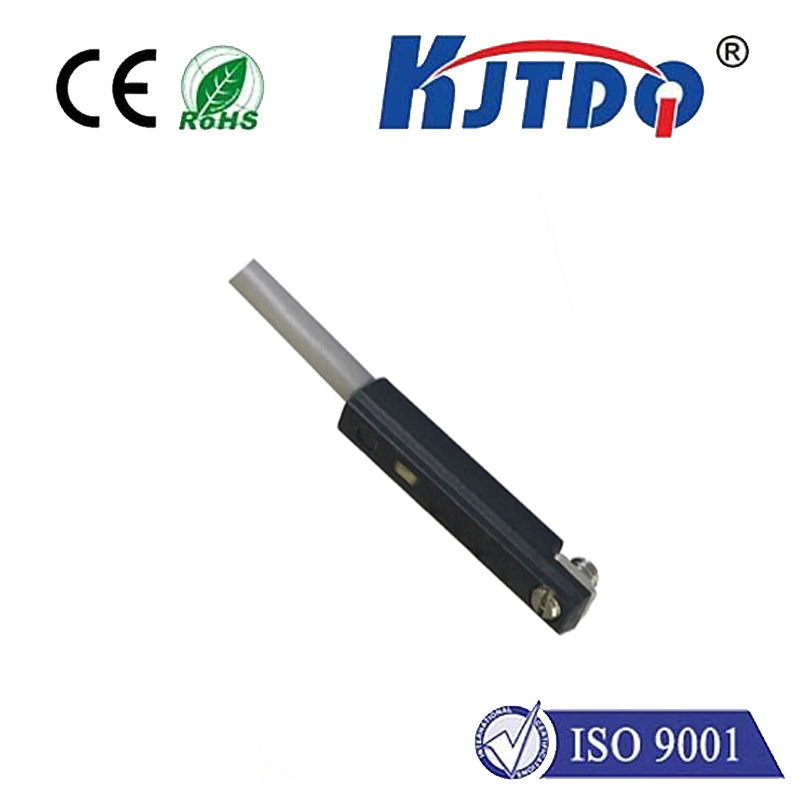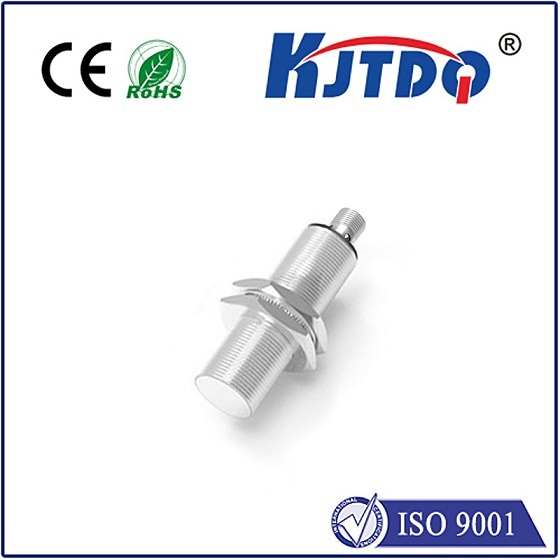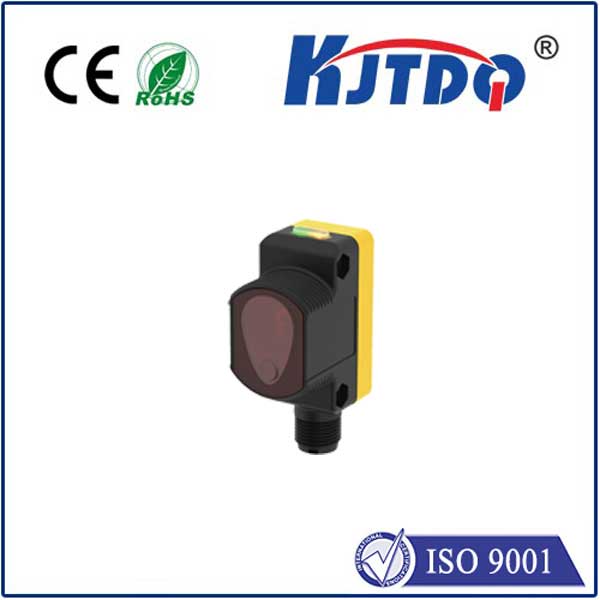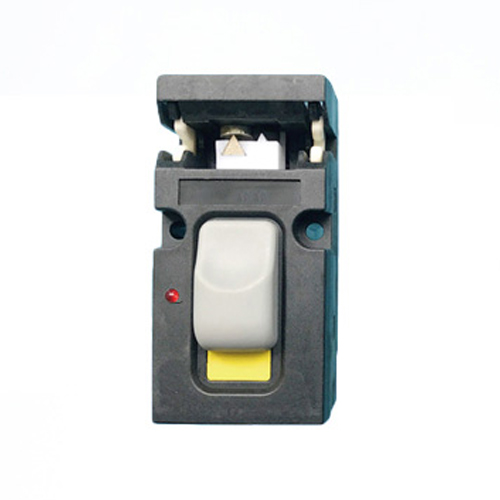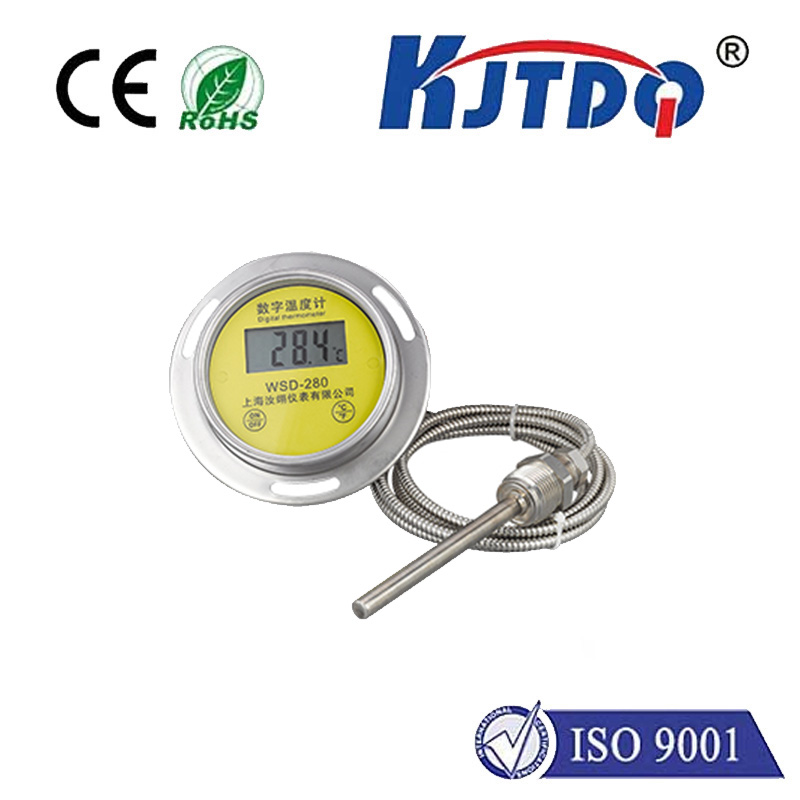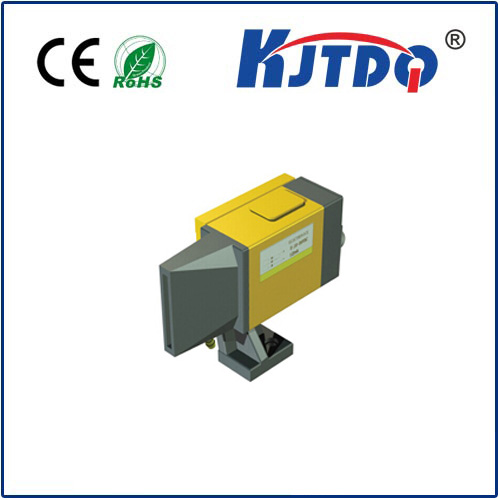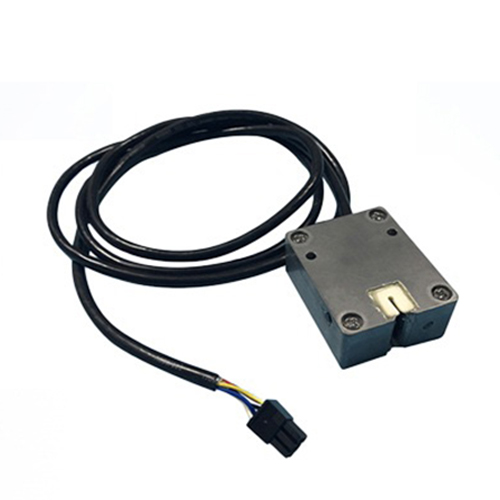

check

check

check

check
Interferometric Distance Measurement: A Revolutionary Technique Transforming the Field
The field of distance measurement is constantly evolving, with advancements made in technology leading to more accurate and efficient methods. Interferometric distance measurement is one such revolutionary technique that has transformed the way we measure distances. In this article, we will explore what interferometric distance measurement is, how it works, and why it is considered an important breakthrough in the field.

Firstly, let us understand what interferometric distance measurement is. This technique involves the use of interferometry – a scientific method of measuring the difference in path length between two or more light waves. By using laser beams or other forms of coherent light, interferometry can accurately determine the distance between two points by measuring the phase shift or interference pattern created when light waves are combined. This process results in extremely precise measurements that have revolutionized various fields.
Now that we have an understanding of what interferometric distance measurement is, let us delve into how it works. The basic principle behind this technique involves splitting a laser beam into two separate paths using a device called a beam splitter. One path travels along the surface being measured, while the other path remains as a reference. When these two paths are recombined, they create a visible interference pattern on a screen or detector. By analyzing the pattern, researchers can calculate the exact distance between the two points with high levels of accuracy.
One key advantage of interferometric distance measurement over traditional measuring methods is its ability to provide non-contact measurements. This means that there is no physical contact between the measuring instrument and the object being measured, which eliminates potential sources of error and damage. Additionally, interferometry can be used in situations where traditional methods may not be feasible, such as measuring very small or delicate objects.
Furthermore, interferometric distance measurement has numerous applications across various industries. It is commonly used in manufacturing processes for quality control purposes, allowing for precise measurements of components and ensuring they meet specific standards. It also plays a crucial role in scientific research, enabling scientists to make highly accurate measurements for experiments and studies. In addition to these areas, it is also utilized in construction and architecture for surveying and monitoring structural integrity.
In conclusion, interferometric distance measurement represents a significant breakthrough in the field of measurement technology. Its ability to provide highly accurate and non-contact measurements makes it ideal for use in a wide range of applications. As we continue to push the boundaries of science and technology, it is likely that interferometric distance measurement will play an increasingly vital role in advancing our understanding of the world around us.
